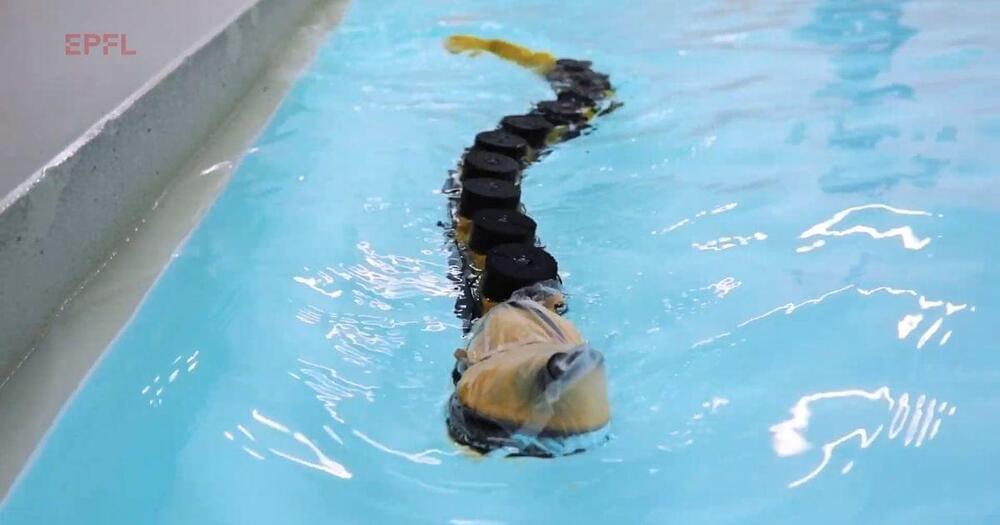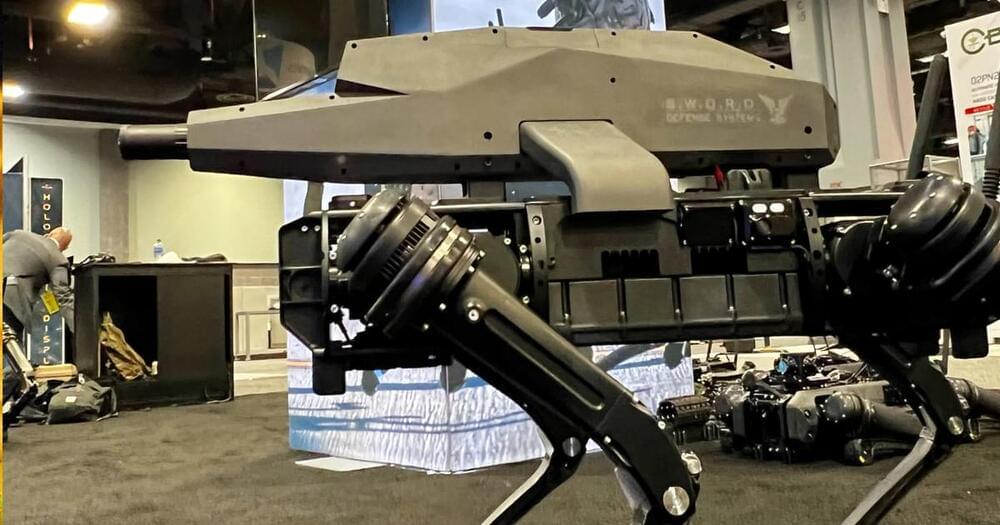From 2019: Long before we can certify that neural networks can drive cars, we need to prove that they can multiply.
This work is still in its very early stages, but in the last year researchers have produced several papers which elaborate the relationship between form and function in neural networks. The work takes neural networks all the way down to their foundations. It shows that long before you can certify that neural networks can drive cars, you need to prove that they can multiply.
The Best Brain Recipe
Neural networks aim to mimic the human brain — and one way to think about the brain is that it works by accreting smaller abstractions into larger ones. Complexity of thought, in this view, is then measured by the range of smaller abstractions you can draw on, and the number of times you can combine lower-level abstractions into higher-level abstractions — like the way we learn to distinguish dogs from birds.





